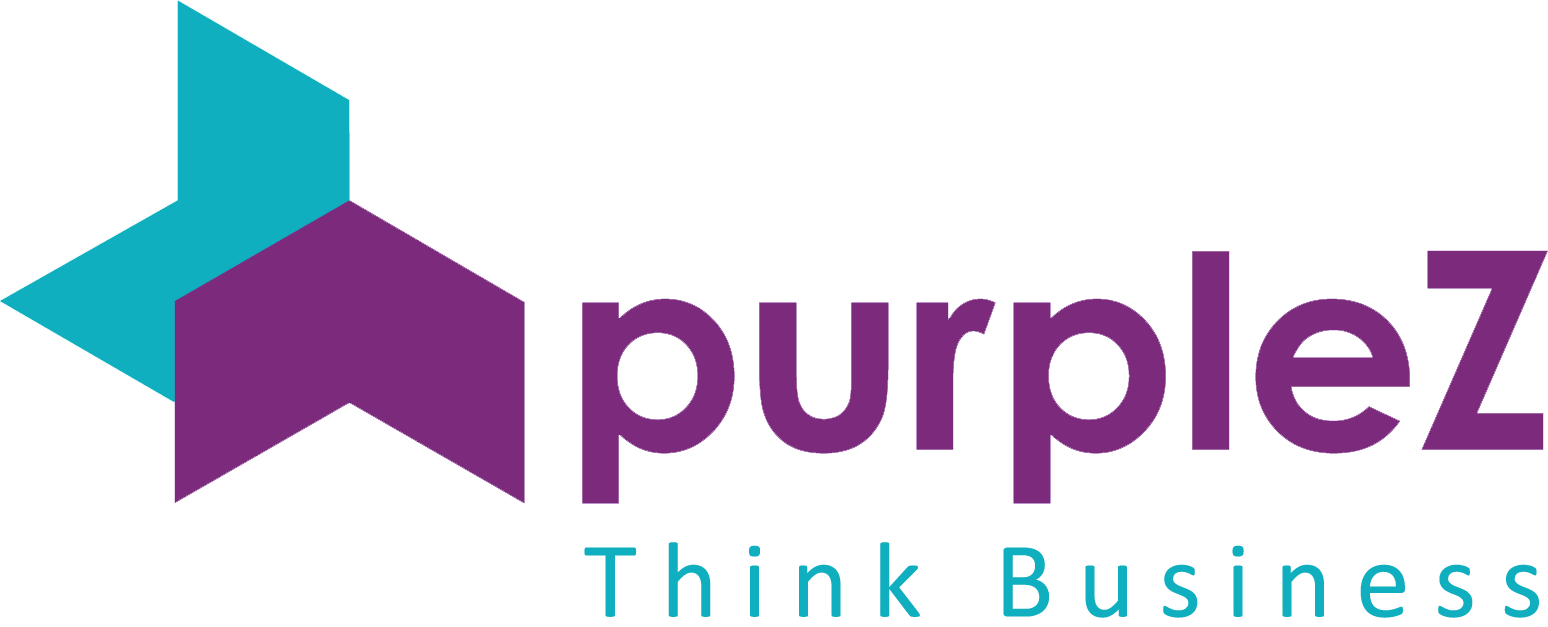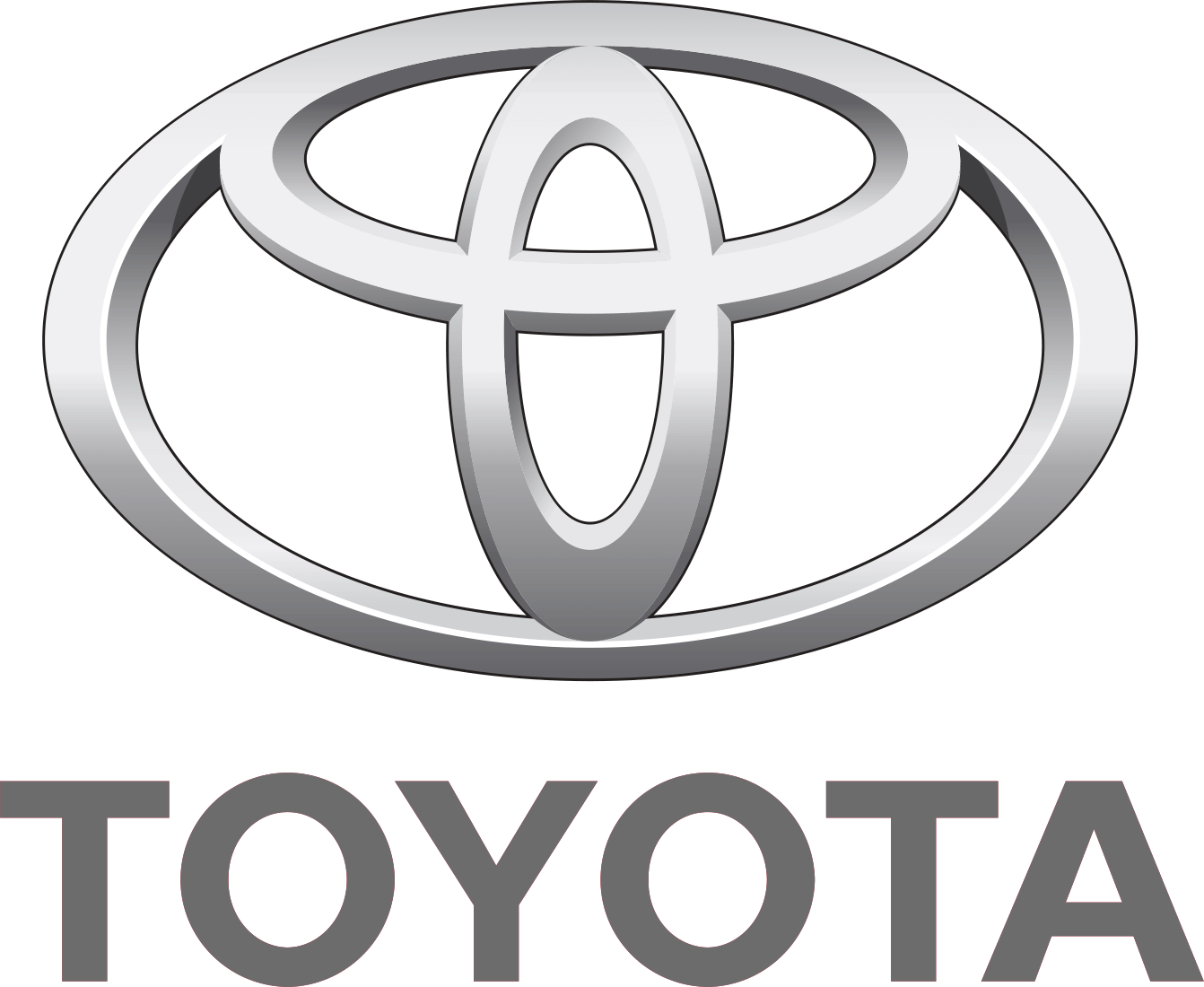PurpleZ, as a top Social Media Marketing Strategist in Irvine, implements the most updated strategies for Southern California small to mid-sized businesses. We implement the widely used social media networks based on the yearly analysis of their popularity and advertising power. Statistics show that 97% of marketers use social media and 78% of salespeople outsell their peers by using social media for their business. According to Forbes, companies rely on digital and social media marketing more now than before. That’s why many brands are being more creative and using social media differently, and so are consumers. Our Social Media advertising team uses both strategy and creativity to make your brand outshine your competition.
Collaborate with industry influencers to promote your brand and attract new followers by giving them control of your social media accounts for a day.
Re-engage interested users through targeted ads on social media platforms, reminding them of your brand and increasing conversion chances.
Boost brand awareness and engagement by hosting interactive contests on social media platforms, encouraging users to participate and share your content.
Utilize compelling videos to tell your brand’s story, showcase products, or share customer testimonials, increasing engagement and driving conversions.
Boost Your Business’ Online Presence with Social Media
There’s much to learn about social media advertising, from the platforms and ads to an endless list of strategies, tools, and industry trends. But we’re here to help. With this post, you’ll learn everything you need to know about getting started with social media advertising in 2024.
Definition and Types of Social Media Advertising
Social media ads can be pay-per-impression (PPM) or pay-per-click (PPC). Social networking sites offer businesses the opportunity to advertise themselves to their users’ friends, who may be potential customers.
Choosing the Right Social Media Platform
Your business objectives will determine which social media platform is best for you.
The demographics and psychographics of each platform should also be considered when deciding which one will work best for your business. For instance, if most of your target audience is a millennial (those born between 1980 and 2000), Instagram makes sense given that it has nearly twice as many users as any other platform. However, if the majority of people in this age range aren’t yet familiar with hashtags, given that Twitter users have more flexibility to voice their thoughts without those opinions being controlled by Instagram’s feed algorithm, Twitter may be a preferable choice.
Crafting a Winning Advertising Strategy
Knowing your goals is important when you’re ready to begin your ad campaign. Are you attempting to grow your social media audience? If you’re looking to attract visitors to your website or online store, these questions can help you create a plan of action:
- Who is my target audience?
- What do they care about most, and why would they care about my product/service/brand?
Defining Advertising Goals
It’s crucial to establish clear advertising goals before getting started. Although it may seem obvious, many people require more specific and measurable objectives in order to save time and money on their campaigns. For instance, a vague goal like “selling more shoes” doesn’t provide much direction. However, a specific goal such as “achieving a 20% increase in revenue per customer within three months” allows for targeted metric tracking (such as sales per customer) and clear targets to work towards.
Identifying Target Audience
The initial step in developing a prosperous social media advertising campaign is to determine your target audience. This should be done by defining their demographics, psychographics, and behavior.
Demographics include age, gender, and location. Psychographics include the interests, opinions, and lifestyles of individuals or groups likely to respond favorably when exposed to your brand or product message through social media channels such as Facebook Ads. Behaviors refer to activities performed by customers and their behaviors during the purchasing process (e-commerce).
Creating Compelling Ad Content
The ad content you create should be relevant to your advertising platform. For example, running a Facebook ad will be more effective if it includes an image and some text than just text alone.
Once you’ve created your compelling ads, they should also be short and simple–no one wants to read a novel while scrolling through their newsfeed!
Ensure that whatever message or offer is presented in the advertisement is engaging and entertaining enough for people who see it to click through to your website/mobile app (and hopefully make a purchase).
Any educational information in these ads will help people learn something new about themselves or their lives; otherwise, there’s no point in wasting valuable time creating these posts!
Implementing Ad Campaigns
Planning your ad campaign is absolutely critical when it comes to social media advertising. This is the step where you determine your objectives and create a winning strategy to achieve them.
Execution involves the active implementation of advertisements on social media platforms assuch Facebook or Twitter. In order to attract your intended audience, it’s important to produce captivating images and videos that both grab their attention and align with their interests. It also involves tailoring each post to reach its intended audience most effectively through targeting options such as age range, gender, and location.
Optimizing your ads involves tweaking them based on performance metrics such as clickthrough rate (CTR), cost per thousand impressions (CPM), and conversion rates. These factors are used by advertisers to determine whether an ad has been successful.
Advanced Techniques and Strategies
Social media advertising services can be used to accomplish various business goals. Here are just a few examples:
- e-Commerce – If you’re selling products online, social media is an excellent way to promote them. You can use Facebook ads or Instagram’s new shopping feature to drive traffic to your site and encourage purchases.
- Customer service – Consumers expect brands to respond quickly and effectively when there’s an issue with their product or service. If yours meets these expectations, you could retain customers fast!
- Product launches – New products have a lot riding on them when they first come out; if they don’t sell well right away, then it could spell disaster down the road when trying again later would require even more investment than before due simply because now there’s less demand (since people already bought something else). So it pays off big time here by making sure everything goes smoothly right off the bat through careful planning, like contacting influencers interested in reviewing the said item(s), having things ready beforehand, such as samples/test runs, etcetera…”
Retargeting and Remarketing
Retargeting and remarketing are two effective ways to increase conversions by reminding website visitors about products or services they were interested in. Retargeting displays ads to people who have visited your website but haven’t completed a purchase or filled out a form. Remarketing is a method that enables you to display ads to individuals who have previously visited specific pages on your website. Both approaches aim to entice visitors to revisit your site for additional information or to make purchases.
A/B Testing and Optimization
A/B testing and optimization are important tools for optimizing the performance of your social media campaign. Comparing two versions of a website, advertisement, or other marketing material through A/B testing can help determine which performs better.
This testing method is versatile and can be utilized for email marketing, landing pages, and social media ads. A/B tests come in two main types: controlled experiments (or true experiments) and observational studies. In controlled experiments, also referred to as true experiments, all relevant factors are held constant except for the tested variable, such as different headlines.
Observational studies do not control their variables; instead, they measure them as they occur naturally in the real world without any interference from researchers trying to influence outcomes by changing them artificially through intervention into people’s environments (e..g., giving them different advertisements).
Trends and Innovations in Social Media Advertising
The world of social media advertising is becoming more advanced, sophisticated, and targeted. The ability to create highly personalized ads that speak directly to your audience is at the heart of what makes social media advertising so effective.
Social Media Advertising Trends:
- Personalization – Social networks can now use data from other websites and apps you’ve used to target you with relevant content in their feeds. Suppose you’re browsing for holiday destinations on TripAdvisor when Facebook knows it’s summer break time in college. In that case, they will show ads for travel deals from airlines or hotels near some colleges’ campuses (or even partner institutions). This helps advertisers reach users with specific interests who might not otherwise see their ads if they ran them randomly across all profiles on Facebook or Instagram.
- Real-time bidding – Advertisers can now bid on ad space based on how much they’re willing to pay per 1K impressions (the number of times an ad appears) rather than only having access based solely upon pre-determined rates set by publishers/platforms.
- Automation – Using AI technology such as chatbots allows businesses without large teams dedicated specifically to managing social media accounts while still maintaining control over messaging strategies throughout each day/weekend cycle, allowing marketers more time off than ever!
Video Advertising
Engaging your audience is made easy with video advertising. It can promote products and services and drive awareness, engagement, and conversions.
Social media channels allow for the placement of video ads. These ads have shown to be effective in engaging the target audience when the content is well-suited to their interests.
Augmented Reality (AR) and Virtual Reality (VR)
AR and VR are two innovative technologies that businesses can utilize for marketing. AR combines virtual objects with the real world, while VR simulates a physical presence in either a real or imaginary environment.
This technology allows you to create new experiences for your customers by adding digital content on top of physical space they’re already familiar with, such as their home or office environment. You can also create new virtual worlds where users can explore at will without limitations on time or distance from reality; these locations may even include elements from other worlds, like aliens or monsters!
Voice-Activated Advertising
Voice-activated advertising is a new form that uses devices like smart speakers to deliver ads. The technology allows advertisers to target consumers based on their interests and preferences. It can also measure the effectiveness of ads by tracking when people speak certain words or phrases in response to an ad being played out loud (e.g., “Alexa, order me pizza”).
Many brands are exploring this medium because they see it as having great potential for reaching new audiences with tailored messages based on real-time information about each user’s location or what they’re doing at that moment–think: “Hey Siri” followed by “I want some shoes!”
How Does PurpleZ Help You Outshine on Social Media Platforms?
PurpleZ uses the most demanded platforms with excellent visibility. Creating social media content is the leading job of the social media team. Based on the industry you are in, we offer you the best plan and platform. We analyze your target audience and their demographics such as sex, age, locations, interests, and needs. We set your goals, identify metrics, research social media, create engaging content and promote them.
Contact us online or call us at +1 (800) 213-7303
Need more information? Contact Us
Winning awards for our designs and strategies is one of our constant goals. In the end, it boils down to one thing: passion for our work.

Orange County Best Software Company Badge

Best Marketing Agency Orange County California Award

Top SEO Company Award

Google Partner

Google Analytics Certified Partner

Purplez best sem companies Award


























